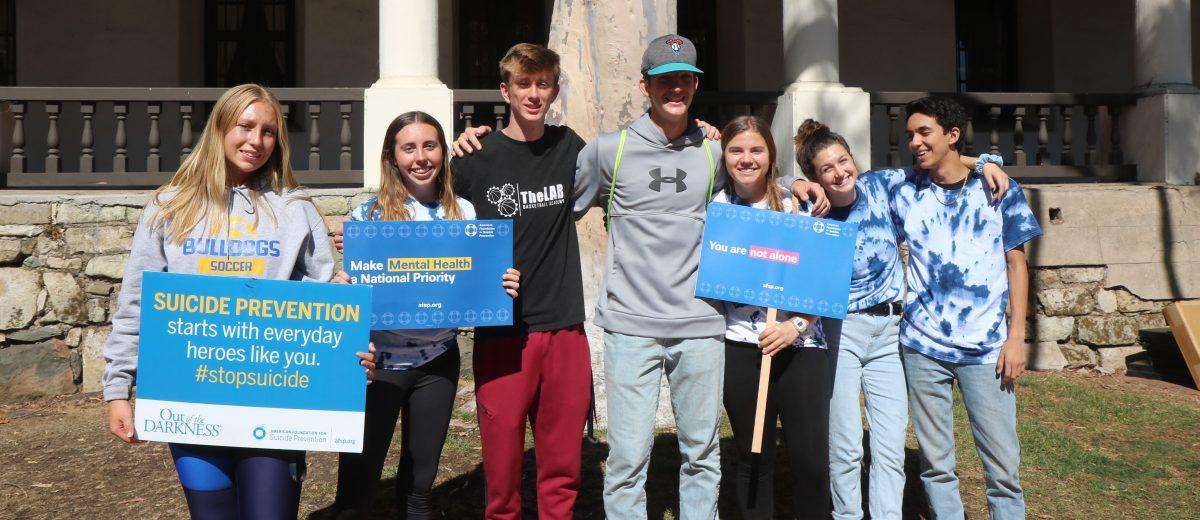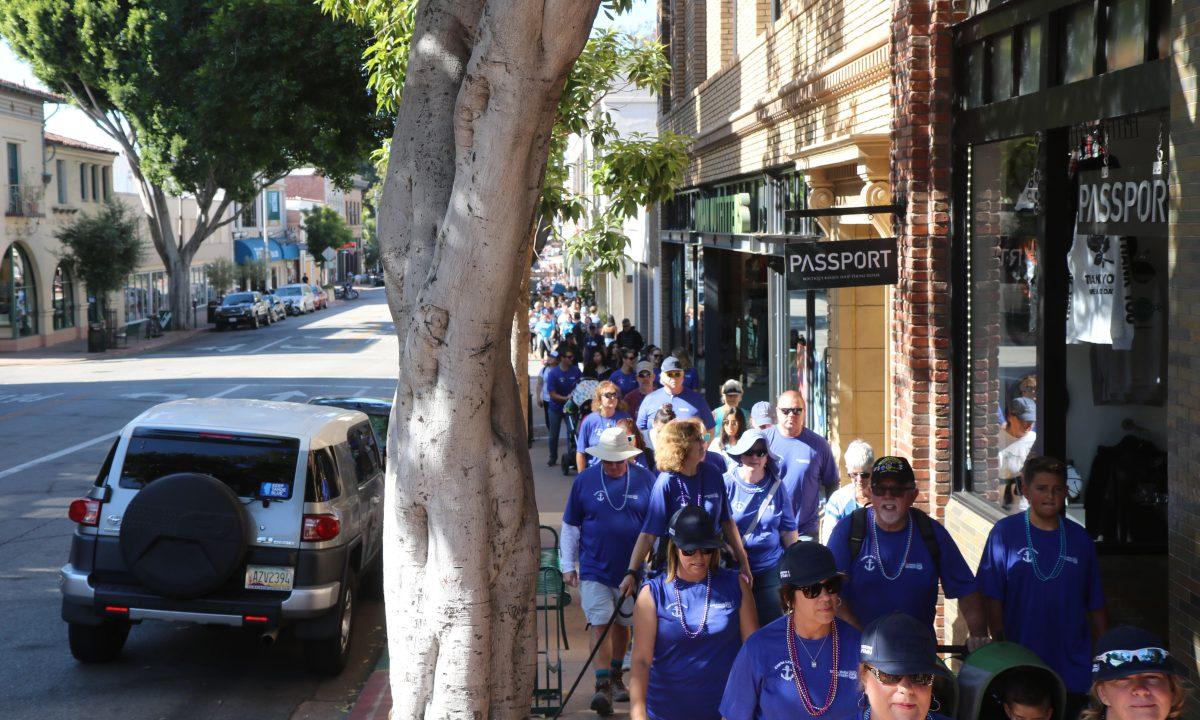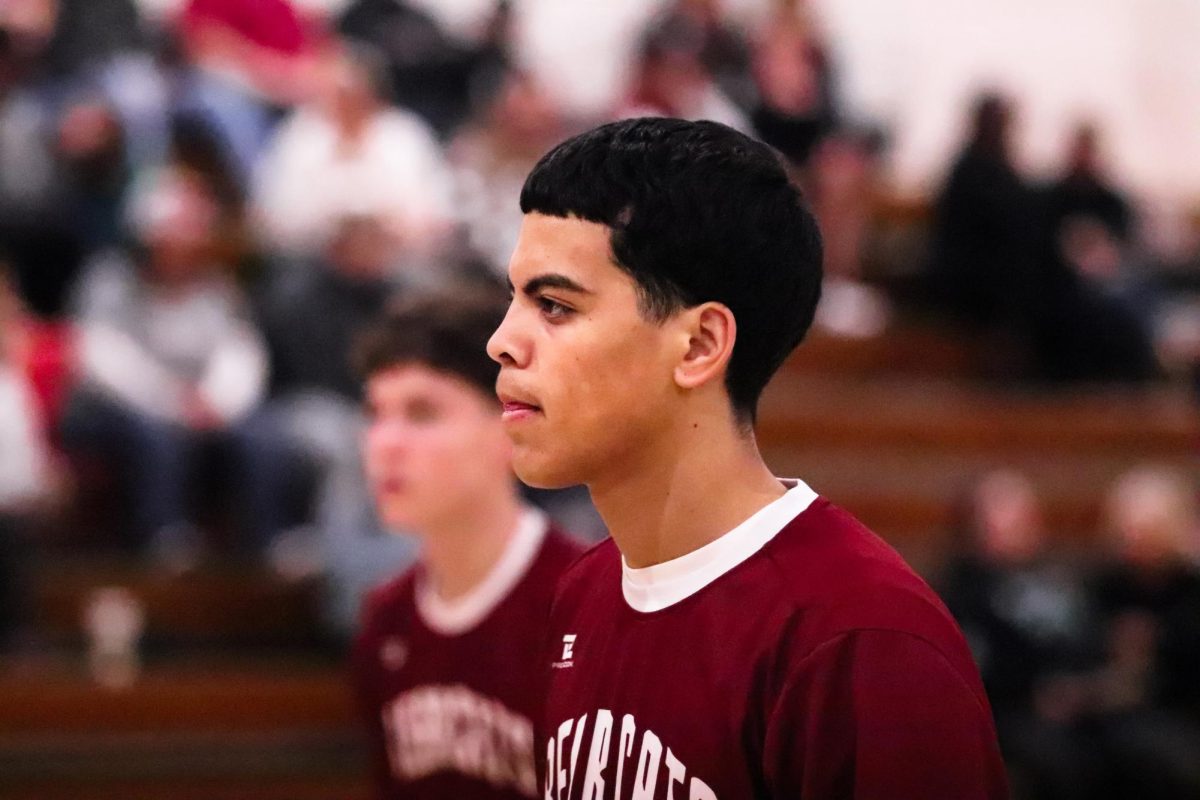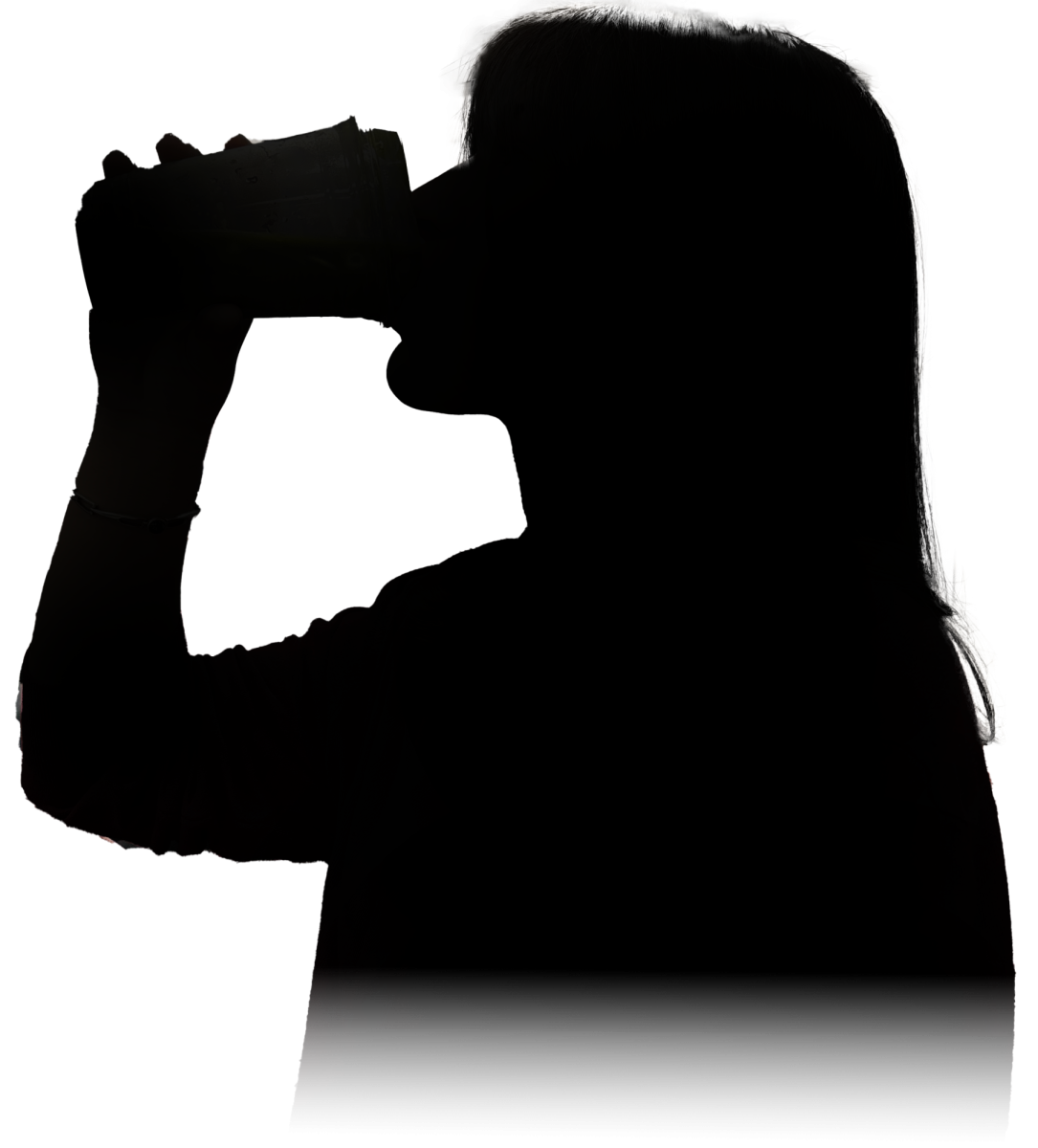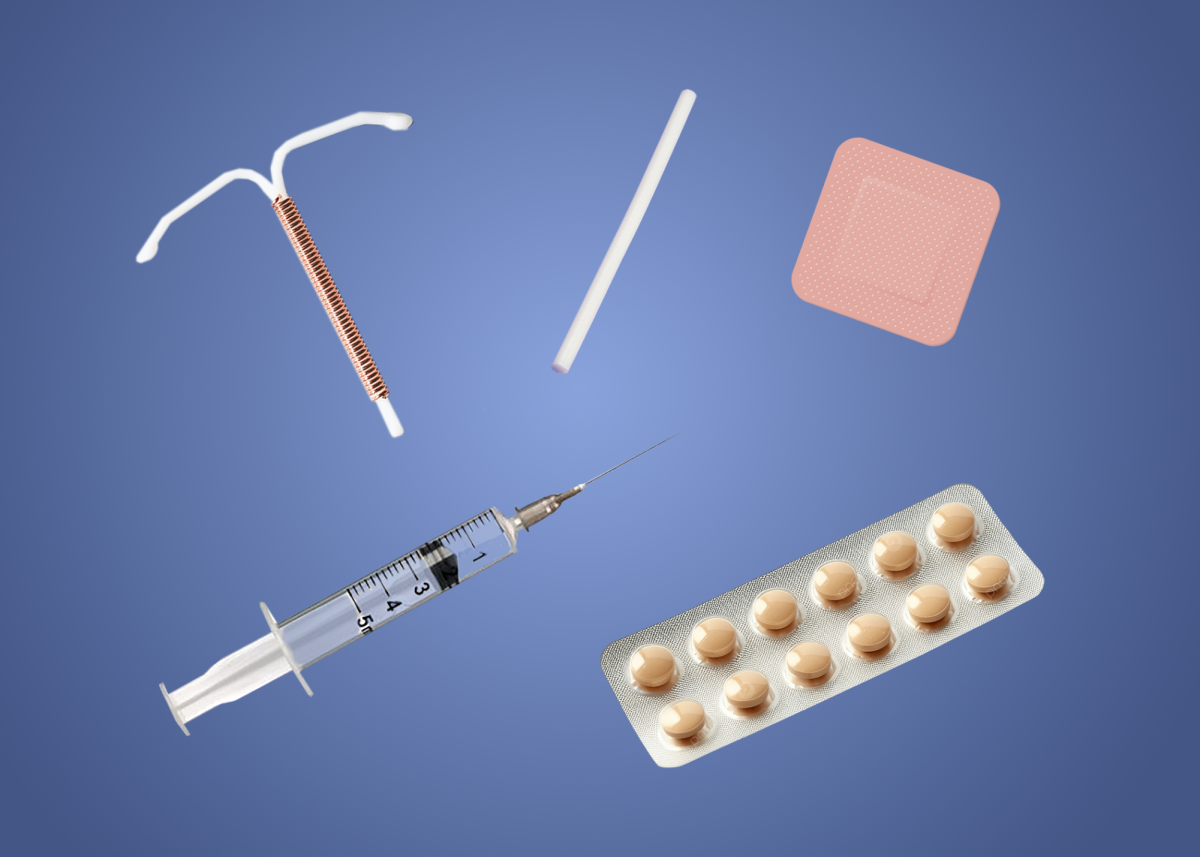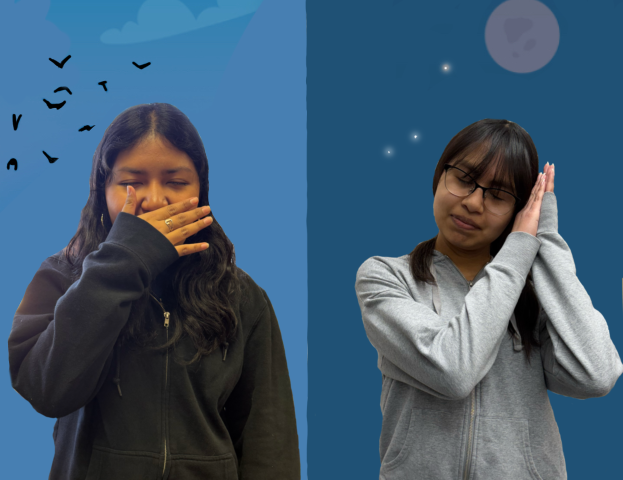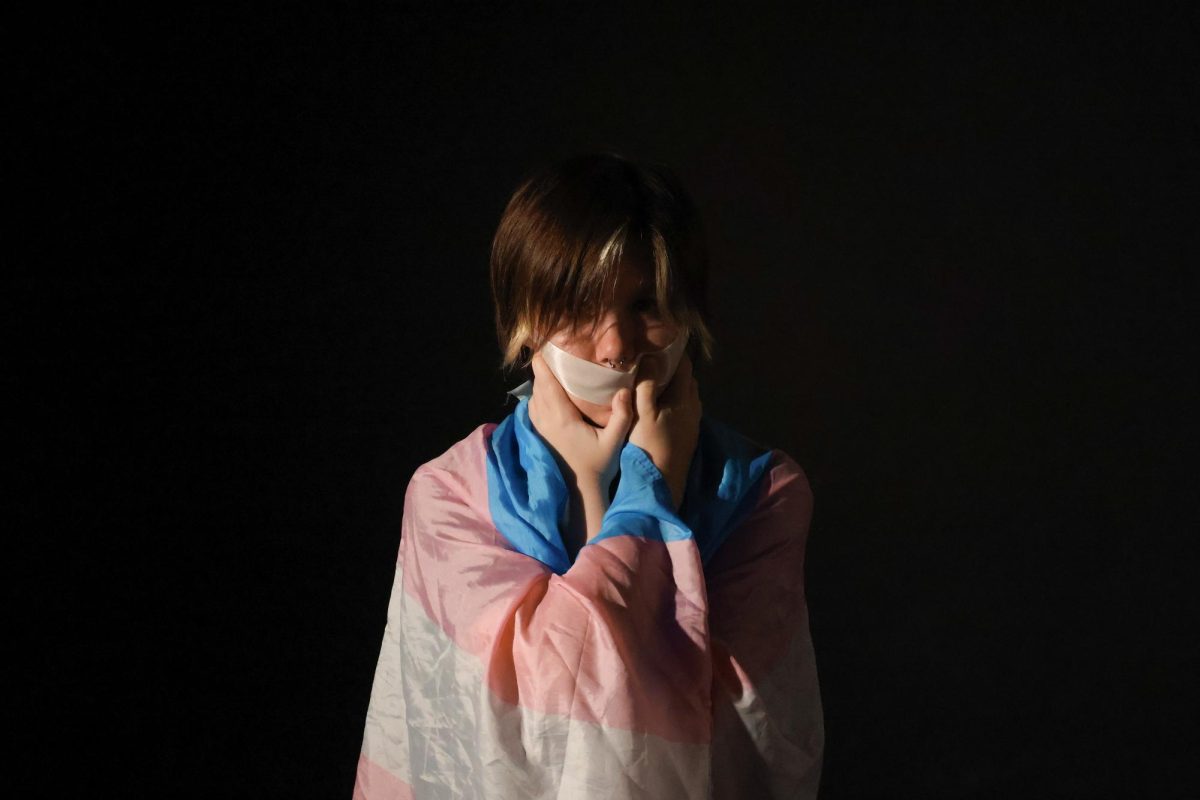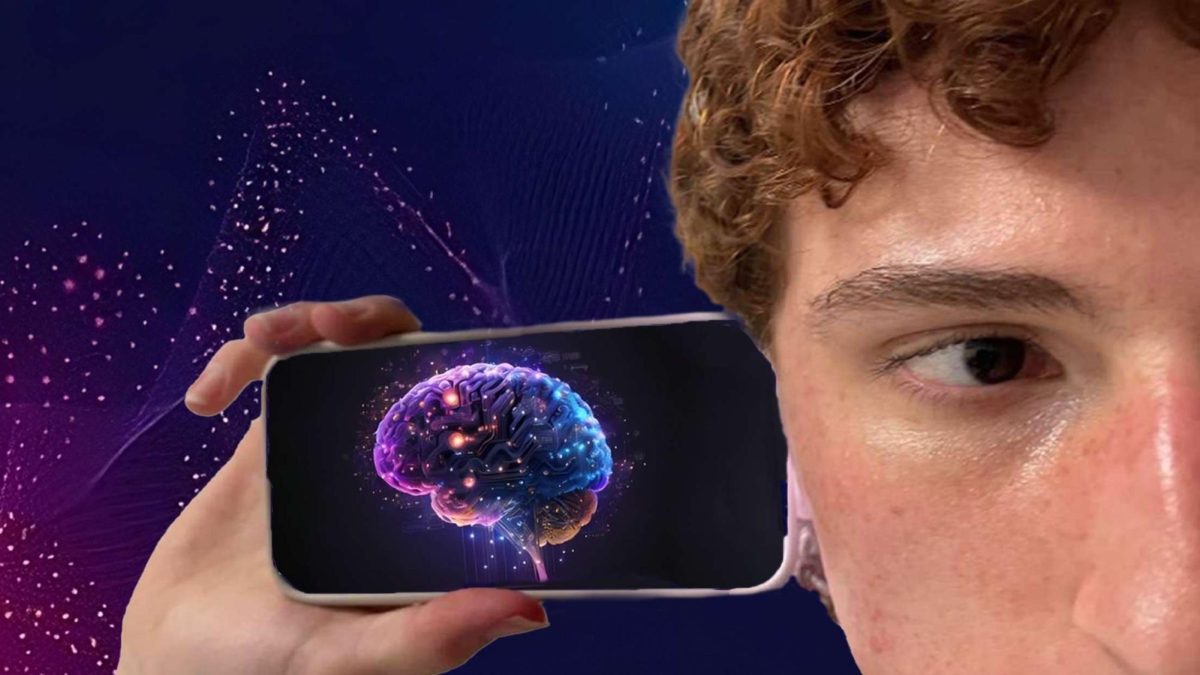How activities on campus are heightening awareness on mental health issues
Every day at school people greet each other, either in between classes or during breaks. “Hey, how are you?” they might ask. “How has your day been?” It’s a nice gesture, but a surface level answer like, “I’m okay” is the usual response, and one’s exterior composure or gleeful smile may not match their mental state. For the 90 students (of 188 who were surveyed) stating that they frequently felt anxious or depressed, as well as the 189 students (of the 365 surveyed) said they were rarely honest towards similar everyday questions, further help or counseling may be necessary to identify their mental state. Counseling resources and supportive staff members are available at Paso High, but it raises some questions: is there a mental health crisis on campus, and are we doing enough as a campus to combat mental health issues?
Mental health in schools remains a relevant subject nationwide because of the amount of teens who suffer from mental issues such as depression, anxiety, eating disorders, and others. According to Pew Research, in 2017, 13 percent of U.S. teens ages 12 to 17 (or 3.2 million people) said they had experienced at least one major depressive episode in the past year. Psychiatry.org states that common symptoms of depression are loss of interest, sleep, appetite and a lack of energy, which are all factors that could be detrimental to a teen’s physical health and education. Similarly, seven-in-ten U.S. teens said anxiety and depression is a major problem among people their age in the community where they live (Pew Research).
Senior Hannah Lowry has witnessed many of her peers dealing with emotional issues in the wake of college applications and financial anxieties.

“For people of our age range going into their freshman year in college, a lot struggle with depression and other stresses. Everyone in their senior year is kind of feeling things they’ve never felt before and feeling overwhelmed,” Lowry stated.
A local application of this issue was the Walk to Fight Suicide that occurred in San Luis Obispo on Oct. 12. Though the walk focused on suicide, mental health issues play a role in that 60 percent of people who commit suicide have had a mood disorder (Department of Health and Human Services). Lowry, Paso High’s Lifesavers Club president, attended the walk with other students from the club.
“Those participating in the walk had signs that said ‘I’m walking for…’ and then they’d write the names of those who had committed suicide or had attempted it and survived,” Lowry said. “They also had beads of 15 different colors and each different color would represent a child, veteran, or a certain age range. Some people had like 10 beads of different groups they were representing in the walk.”
Apart from student-run clubs combating mental health issues, the counseling department offers resources for any student seeking social or emotional help.
”Counselors see students for a variety of reasons. We offer academic, college and career, as well as social/emotional support,” counselor Natalee Johnson stated. “The social/emotional counseling may come up as the primary issue the student wants to address or it may come out when doing academic or college/career counseling. If the need is beyond our scope, we work with other agencies to meet students’ needs the very best we can.“
In the end, no amount of supportive programs and help on campus can allow everyone on campus suffering from mental health issues to gain help unless one is willing to accept the uncomfortable truth that they may not be “okay”. Rethinkmentalillness.org states that “Your recovery journey may be easier if you learn to accept your [issues] and the difficulties [they] cause,” and realistically, that’s correct. Mental health resources on campus can’t be expected to seek out those who need help, but once someone can seek help, they can be exposed to the extensive programs offered on campus to ensure every student’s well- being.

